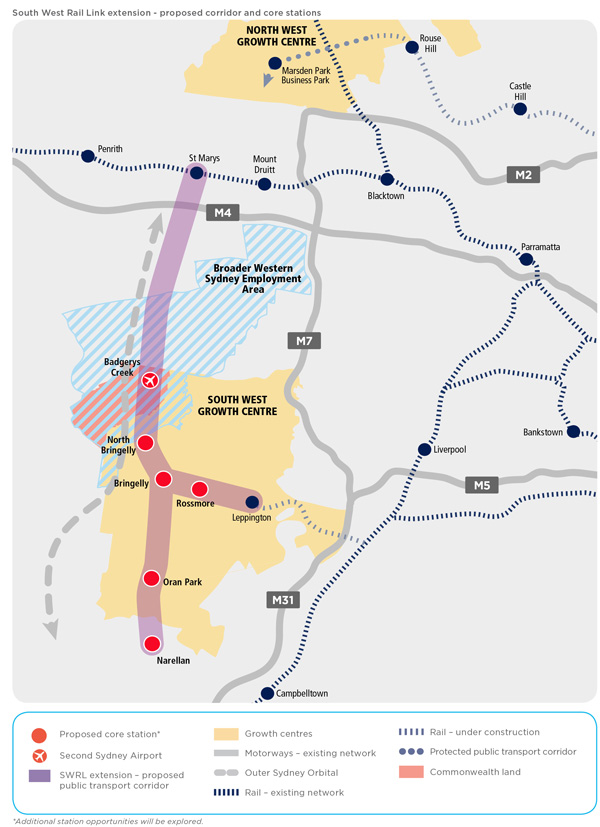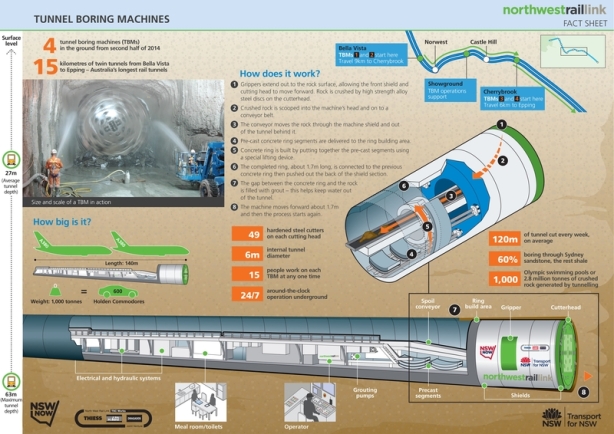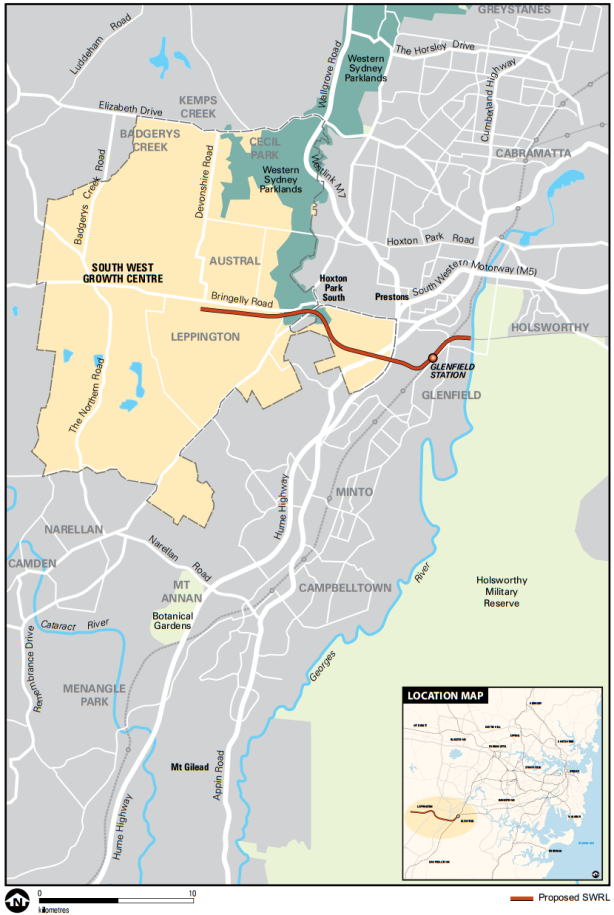VIDEO: Malcolm Turnbull announces new Cabinet (ABC News)
The new Prime Minister Malcolm Turnbull will abandon the ban on urban rail funding and have a Minister for Cities instead of an Assistant Minister for Infrastructure. In a 14 minute press conference yesterday announcing his new ministerial line up, Mr Turnbull dedicated almost 3 minutes to cities and urban transport in which he stated that “infrastructure should be assessed objectively and rationally on its merits” and that “there is no place for ideology here at all”.

Malcolm Turnbull in Perth before becoming Prime Minister, about to take the train to Mandurah. Click to enalrge. (Source: Malcolm Turnbull.)
Mr Turnbull, an avid promoter of public transport who still intends to catch public transport as Prime Minister, is famous not just for taking public transport but also announcing to the world that he takes public transport.
“Livable vibrant cities are absolutely critical to our prosperity. Historically the federal government has had a limited engagement with cities. And yet that is where most Australian live. It is where the bulk of our economic growth can be found. We often overlook the fact that livable cities, efficient productive cities, the environment of cities are economic assets.
You know, making sure that Australia is a wonderful place to live in, that our cities and indeed our regional centres are wonderful places to live is an absolutely key priority of every level of government. Because the most valuable capital in the world today is not financial capital, there’s plenty of that and it is very mobile. The most valuable capital today is human capital. Men and women like ourselves who can choose to live anywhere. We have to ensure for our prosperity, for our future, for our competitiveness that every level of government works together constructively and creatively to ensure that our cities progress.
That federal funding of infrastructure in cities, for example, is tied to outcomes that will promote housing affordability. Integration is critical. We shouldn’t be discriminating between one form of transit and another. There is no ‘roads are not better than mass transit’ or vice versa. Each of them has their place. Infrastructure should be assessed objectively and rationally on its merits. There is no place for ideology here at all. The critical thing is to ensure that we get the best outcome in our cities.
Now of course, we have a Minister for Regional Development in the Deputy Prime Minister Warren Truss. But cities have been overlooked, I believe, historically from the federal perspective. So within the Ministry for the Environment I’m appointing the Honorable Jamie Briggs MP to be the Minister to Cities and the Built Environment to work with Greg Hunt, the Environment Minister, to develop a new Australian Government agenda for our cities in cooperation with states, local government, and urban communities.” – Malcolm Turnbull, Prime Minister (Press Conference, 20/09/2015)
The former Assistant Minister for Infrastructure Jamie Briggs will become the Minister for Cities and Built Environment. Transport and urban development consultant Alan Davies points out that this moves the cities portfolio out of the Department of Infrastructure, where cabinet member and Minister for Infrastructure Anthony Albanese held responsibility for the then Major Cities Unit; shifting it into the Department of the Environment. Mr Briggs will not be in cabinet, and will instead rely on his senior: the Minister for the Environment Greg Hunt.
Mr Davies raises concerns that yesterday’s announcement was mostly symbolic and that he wants to see action, saying “I don’t think it can just be assumed the appointment of Mr Briggs heralds a new dawning for cities that goes beyond rhetoric”. He adds that Mr Briggs “is neither personally influential – he’ll have to rely on Greg Hunt’s efforts in Cabinet – nor pushing policies that most in his party think are critical issues. Mr Briggs administrative support will come from the Department of Environment; in terms of the Commonwealth’s influence on urban policy that’s a much less relevant portfolio than Infrastructure”.
This is a big turnaround from the previous Prime Minister, Tony Abbott, who refused to fund urban commuter rail and abolished the Major Cities Unit. Mr Abbott argued that the funding of public transport was not in the government’s knitting, preferring to leave this to the states. He promoted himself as the infrastructure Prime Minister, committing billions of dollars to transport infrastructure so long as that infrastructure was roads or freight rail. This was consistent with the views on transport outlined in his 2009 book Battlelines.
“…there just aren’t enough people wanting to go from a particular place to a particular destination at a particular time to justify any vehicle larger than a car, and cars need roads.” – Tony Abbott, Leader of the Opposition (Battlelines, p. 174)
But this was not a unanimously held view within the Coalition. The Deputy Prime Minister Warren Truss, who also holds the title of Minister for Infrastructure, has voiced his willingness to provide funding for rail projects: “The Federal Government is quite happy to fund metro rail projects” (Source: Herald Sun, Regional Rail Link unites state and federal MPs, 14/06/2015). Meanwhile, the Commonwealth Government has been willing to provide funding for urban rail projects as part of its asset recycling program; under this program it has provided funding to the NSW and ACT Governments for the Sydney Metro and Capital Metro projects.
NSW has a number of rail projects currently being planned which lack funding: the CBD and South East Light Rail extension South of Kingsford, light rail around Parramatta beyond the first line currently being planned, and a heavy rail line out to Badgerys Creek from the current South West Rail Link terminus at Leppington. But, these projects are all still in the planning phases and none will be shovel ready for many years. So the real test for the change of policy is likely to come from outside of NSW, with projects like the Melbourne Metro in Victoria and Brisbane’s Cross River Rail in Queensland.
However the most immediate project, which is both ready to go from a planning perspective and could be completed in the next few years, is the extension of the Gold Coast light rail. The Queensland Government is seeking to complete it in time for the 2018 Commonwealth Games, but has been unable to find sufficient funding for it. The initial line was funded jointly by the Commonwealth, Queensland, and Gold Coast Governments. The extension has the support of local MP Stuart Roberts, a member of the LNP and Turnbull supporter, and also the Queensland Government.
Queensland Deputy Premier Jackie Trad has called on Mr Turnbull to commit to funding the extension within a week, otherwise she argues that construction will not be able to commence in time to complete the project before the start of the 2018 Commonwealth Games. If this is the case, then Mr Davies’ question as to whether Mr Turnbull’s move is purely symbolic or not will be answered very soon.































